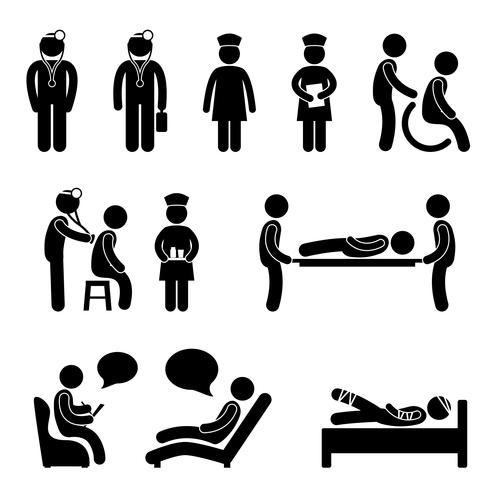Mood stabilizers aid to soothe areas of the mind that are impacted by bipolar disorder. These drugs are most efficient when they are taken frequently.
It may take a while to locate the best medication that functions finest for you and your doctor will certainly monitor your condition throughout therapy. This will include normal blood tests and potentially a change in your prescription.
Neurotransmitter law
Neurotransmitters are a team of chemicals that regulate one another in healthy and balanced people. When levels end up being out of balance, this can lead to mood problems like depression, stress and anxiety and mania. State of mind stabilizers help to avoid these episodes by assisting manage the balance of these chemicals in the brain. They likewise might be made use of alongside antidepressants to enhance their efficiency.
Drugs that work as mood stabilizers include lithium, anticonvulsants and antipsychotics. Lithium is maybe one of the most well known of these medications and works by impacting the circulation of salt via nerve and muscular tissue cells. It is most often used to treat bipolar affective disorder, yet it can additionally be helpful in treating other state of mind conditions. Anticonvulsants such as valproate, lamotrigine and carbamazepine are additionally effective state of mind maintaining drugs.
It can spend some time to find the right type of medication and dosage for each person. It is essential to deal with your physician and participate in an open discussion regarding exactly how the medicine is helping you. This can be particularly practical if you're experiencing any kind of negative effects.
Ion network inflection
Ion networks are a significant target of state of mind stabilizers and lots of other medications. It is now well established that they are dynamic entities that can be regulated by a selection of exterior stimulations. Furthermore, the inflection of these channels can have a variety of temporal effects. At one extreme, changes in gating dynamics might be rapid and immediate, as in the nicotinic acetylcholine receptor/channel system. At the various other end of the spectrum, covalent modification by protein phosphorylation might cause modifications in channel function that last longer.
The area of ion network modulation is entering a duration of maturation. Current research studies have shown that transcranial concentrated ultrasound (United States) can promote neurons by activating mechanosensitive potassium and sodium networks installed within the cell membrane. This was demonstrated by shared networks from the two-pore domain potassium family in Xenopus oocytes, and concentrated United States substantially modulated the current flowing through these networks at a holding voltage of -70 mV (ideal panel, loved one impact). The results are consistent with previous observations revealing that antidepressants influencing Kv networks manage glia-neuron communications to contrary depressive-like habits.
Neuroprotection
State of mind stabilizers, like lithium, valproic acid (VPA), and carbamazepine, are vital in the therapy of bipolar illness, which is characterized by frequent episodes of mania and clinical depression. These drugs have neuroprotective and anti-apoptotic homes that aid to stop mobile damage, and they also improve cellular durability and plasticity in inefficient synapses and neural circuitry.
These protective actions of mood stabilizers may be mediated by their restraint of GSK-3, inositol signaling, and HDAC activity. Moreover, long-lasting lithium therapy secures against glutamate excitotoxicity in cultured neurons-- a design for neurodegenerative disorders.
Studies of the molecular and cellular impacts of mood stabilizers have shown that these medications have a large range of intracellular targets, including multiple kinases and receptors, as well as epigenetic modifications. Refresher course is required to establish if mood stabilizers have neurotrophic/neuroprotective actions that are cell kind or wiring specific, and how these effects might complement the rapid-acting therapeutic response of these representatives. This will certainly assist to establish new, faster acting, more effective treatments for psychological illnesses.
Intracellular signaling
Cell signaling mental health treatment near me is the process through which cells connect with their atmosphere and various other cells. It includes a sequence of steps in which ligands interact with membrane-associated receptors and bring about activation of intracellular paths that control vital downstream cellular features.
State of mind stabilizers act on intracellular signaling with the activation of serine-threonine protein kinases, causing the phosphorylation of substratum proteins. This triggers signaling cascades, leading to adjustments in genetics expression and cellular function.
Several state of mind stabilizers (including lithium, valproate and lamotrigine) target intracellular signaling paths by preventing particular phosphatases or activating certain kinases. These impacts cause a decline in the task of these pathways, which leads to a decrease in the synthesis of specific chemicals that can affect the mind and result in symptoms of clinical depression or mania.
Some state of mind stabilizers also function by improving the activity of the repressive neurotransmitter gamma-aminobutryic acid (GABA). This boosts the GABAergic transmission in the mind and decreases neural activity, thereby producing a soothing effect.
